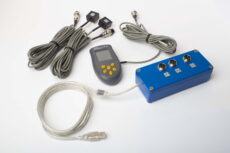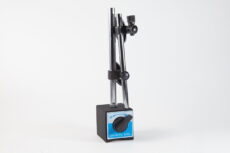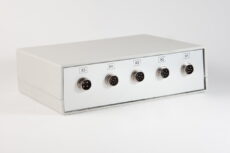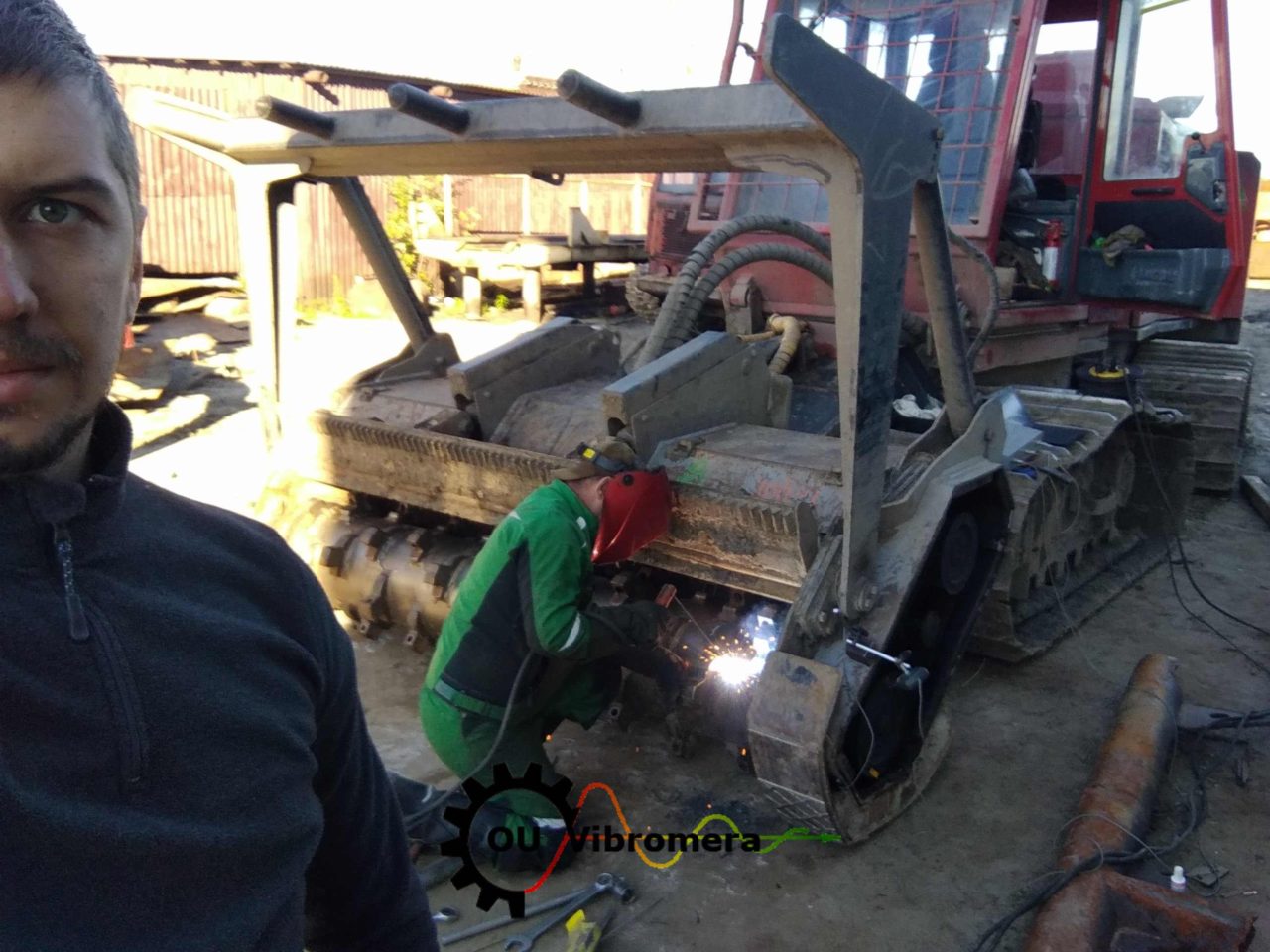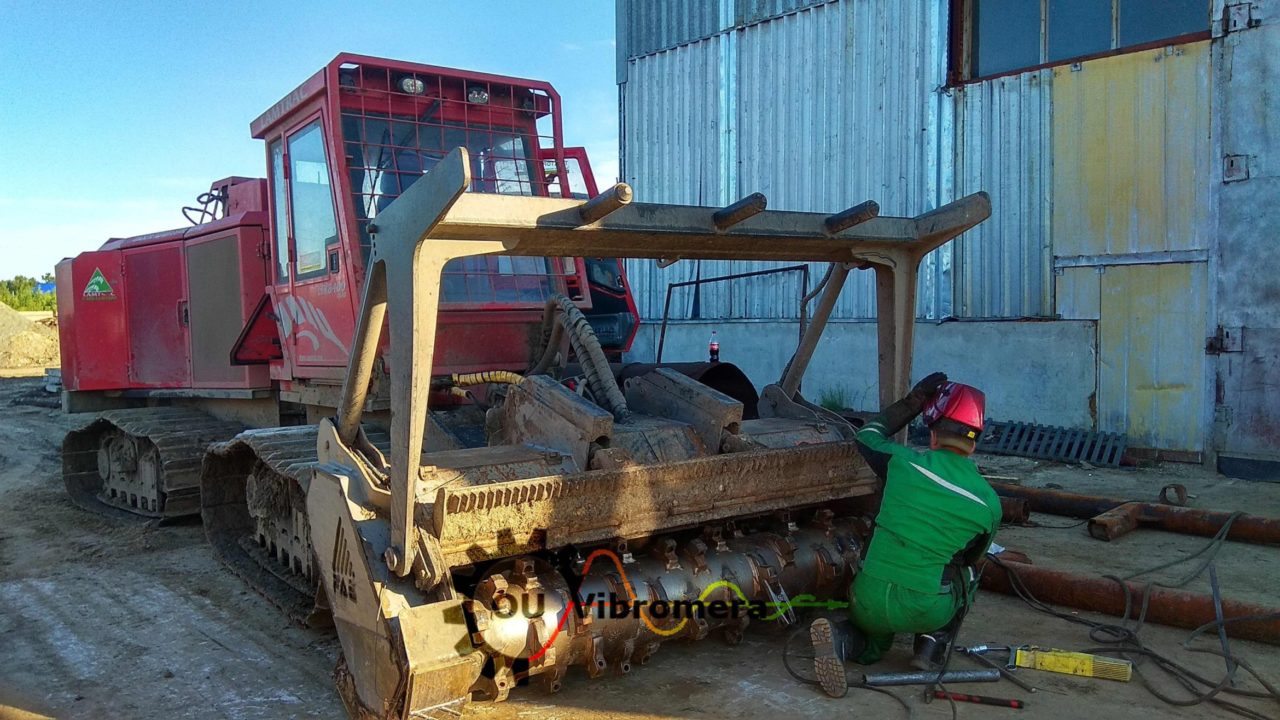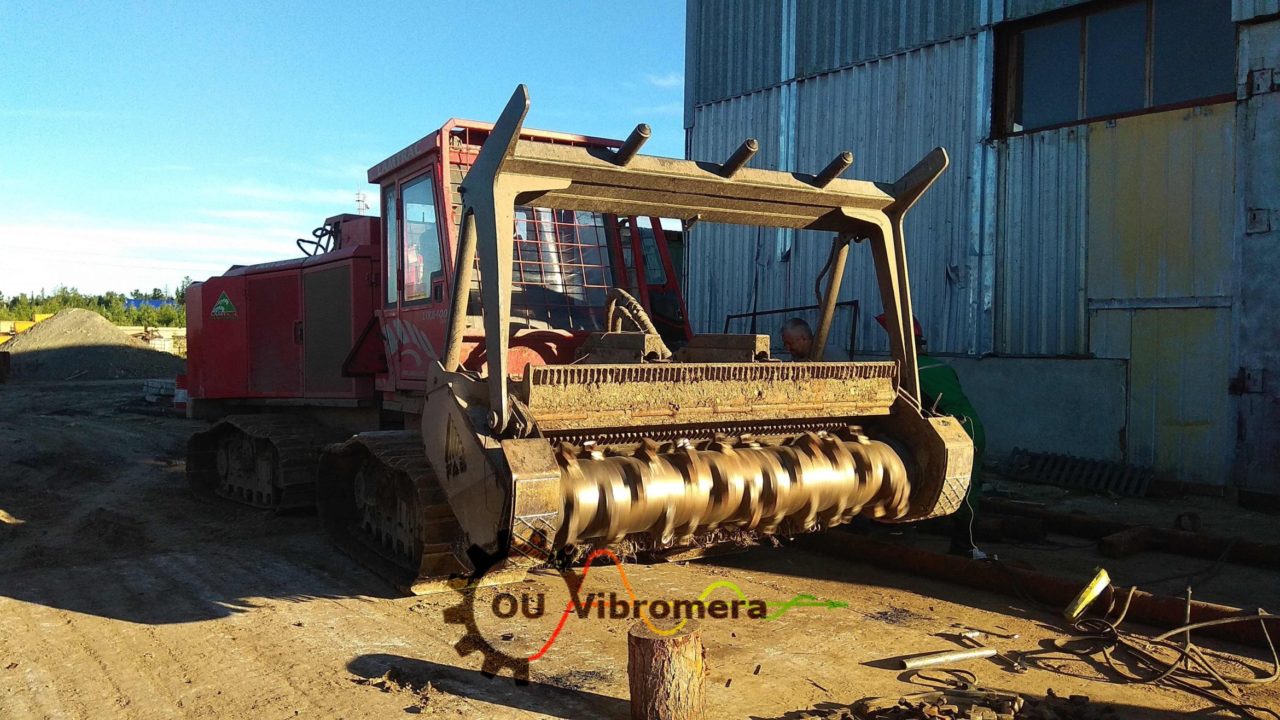Maintaining Proper Balance in Mulcher Rotors: A Key to Efficiency and Longevity
Mulcher rotor imbalance is a critical issue that can affect the performance, efficiency, and safety of your equipment. In this article, we'll explore the reasons behind rotor imbalance, its symptoms, and effective balancing techniques to restore optimal rotor dynamics.
Understanding Mulcher Rotor Imbalance
The central shaft of a mulcher's rotor holds an assembly of cutting teeth or hammers. Imbalance occurs when the mass distribution around this shaft is uneven due to various factors:
- - Uneven wear: Natural wear from mulching can unevenly erode the rotor's teeth or hammers.
- - Material buildup: Accumulation of debris and plant matter can weigh down parts of the rotor.
- - Manufacturing inconsistencies: Minor variations in mass distribution can arise even with high-quality production.
- - Damage: Impacts from rocks or other obstacles can alter the rotor's shape and balance.
Symptoms of Mulcher Rotor Imbalance
Identifying an imbalanced mulcher rotor is critical for taking timely corrective action. Key symptoms include:
- - Excessive vibration: This is the most noticeable sign of an imbalanced rotor.
- - Reduced cutting performance: An imbalanced rotor struggles with material processing efficiency.
- - Premature component wear: Vibration induces undue stress on bearings, drive systems, and other parts.
- - Increased noise levels: Excessive vibration can cause loud operational noises.
- - Safety risks: In severe cases, extreme vibration can lead to mechanical failures and pose safety hazards.
The Benefits of Mulcher Balancing
Addressing the imbalance in your mulcher's rotor offers numerous advantages:
- - Extended equipment lifespan: Proper balancing reduces strain on critical components, enhancing durability.
- - Improved performance: A balanced rotor ensures smoother operation and optimal cutting efficiency.
- - Reduced maintenance costs: Less wear and tear on the machine lowers overall maintenance expenses.
- - Enhanced operator comfort: Decreased vibration results in a more comfortable operating environment.
- - Increased safety: Balancing reduces the likelihood of mechanical failures and associated risks.
Mulcher Balancing Techniques
Two primary methods are employed to achieve optimal rotor balance:
- - Static Balancing: This method uses a non-rotating stand to balance the rotor, suitable for simpler rotor designs.
- - Dynamic Balancing: More sophisticated, this technique uses dynamic balancing machines to measure and correct imbalances in rotating assemblies, providing highly accurate results.
Case Study: Lamtrack Forest Mulcher Balancing
A Lamtrack Forest Mulcher showed increased vibration levels, negatively impacting its performance. Vibration measurements indicated levels up to 20 mm/sec. Utilizing the Balanset-1, a state-of-the-art dynamic balancing device, the imbalance was corrected, significantly reducing vibration to just 0.7 and 1.0 mm/sec and restoring machine efficiency.
For further insights on rotor dynamics and vibration reduction, explore detailed examples and procedures at dynamic balancing of rubberized shafts and learn more about the pivotal role of proper maintenance and equipment handling.
